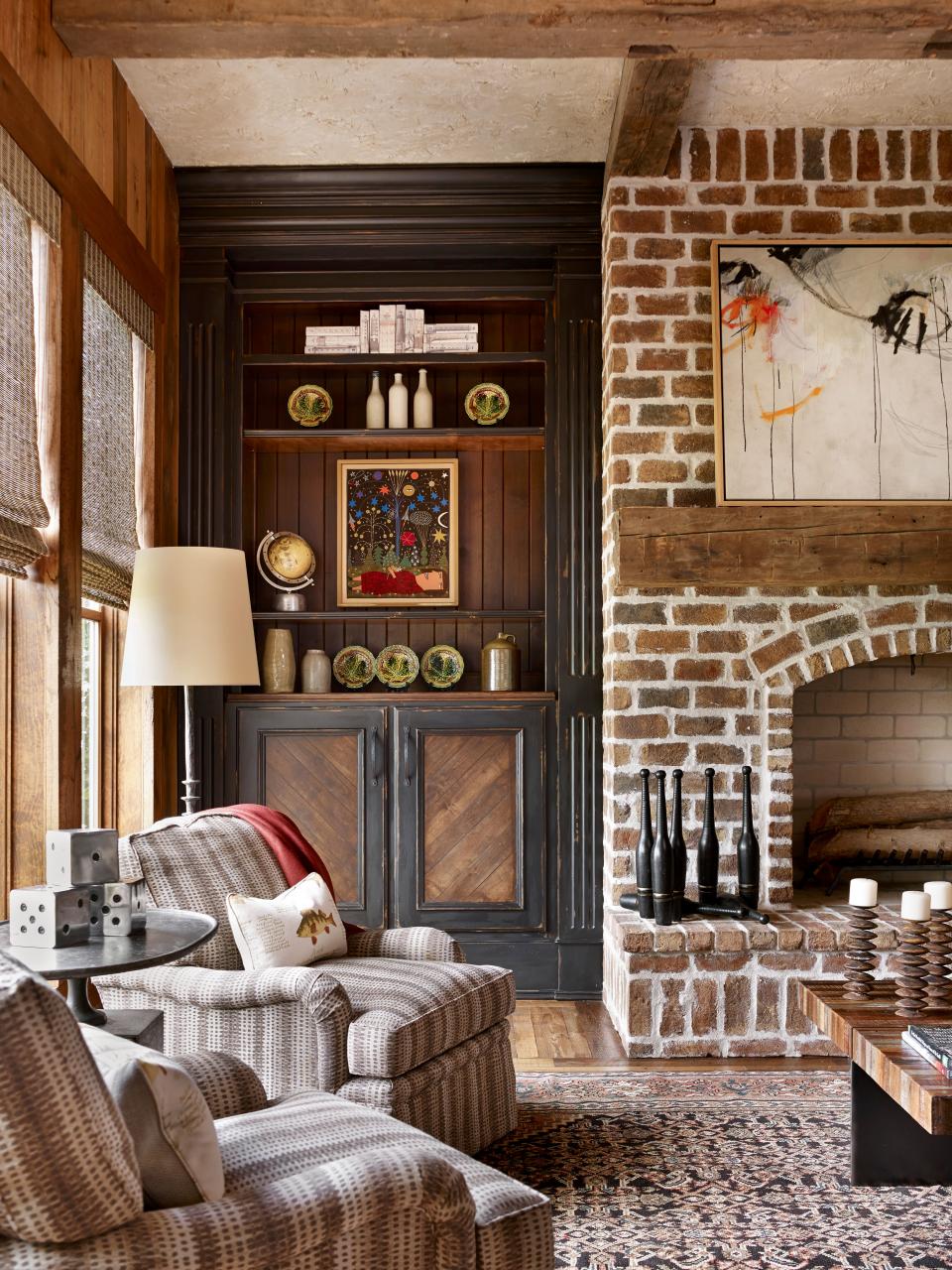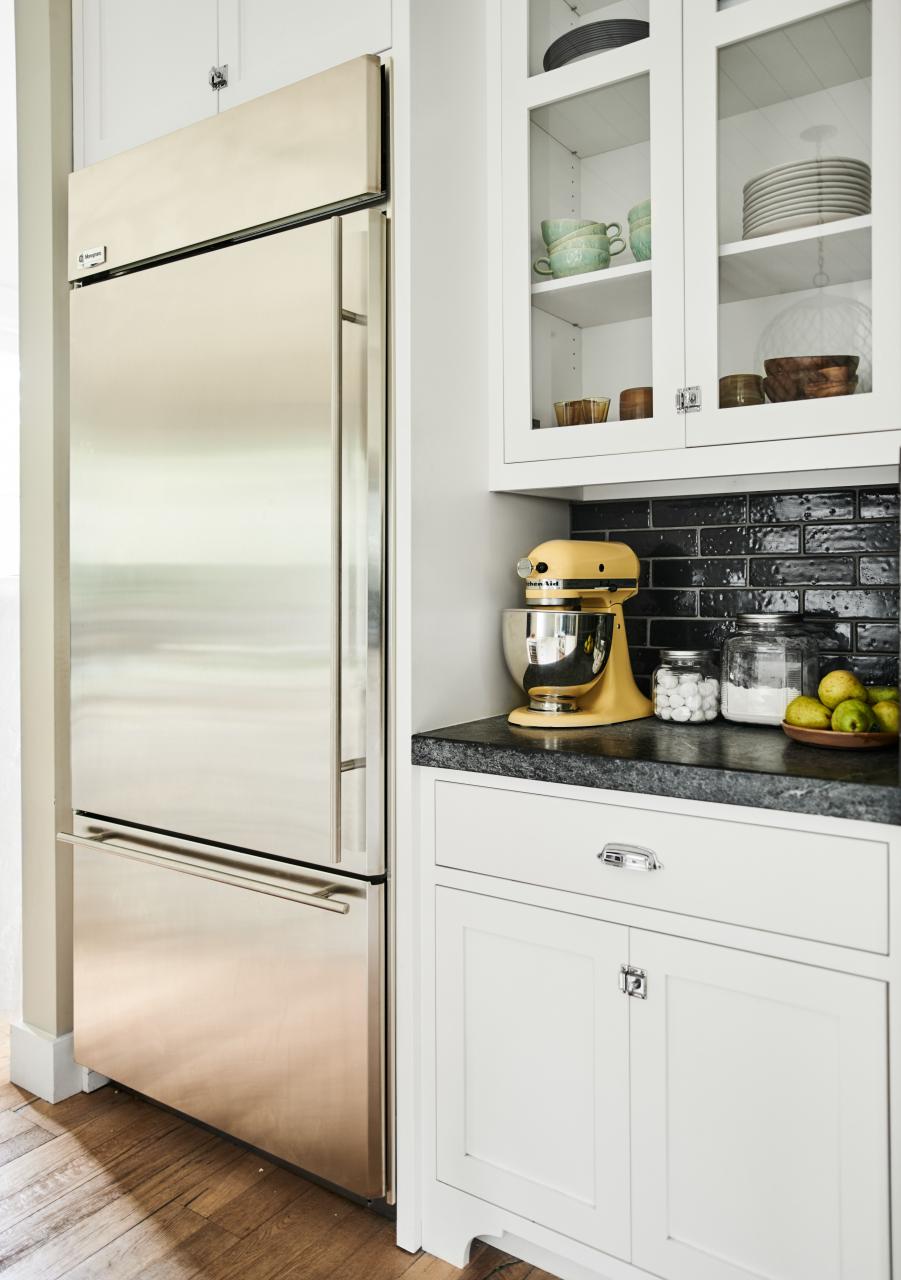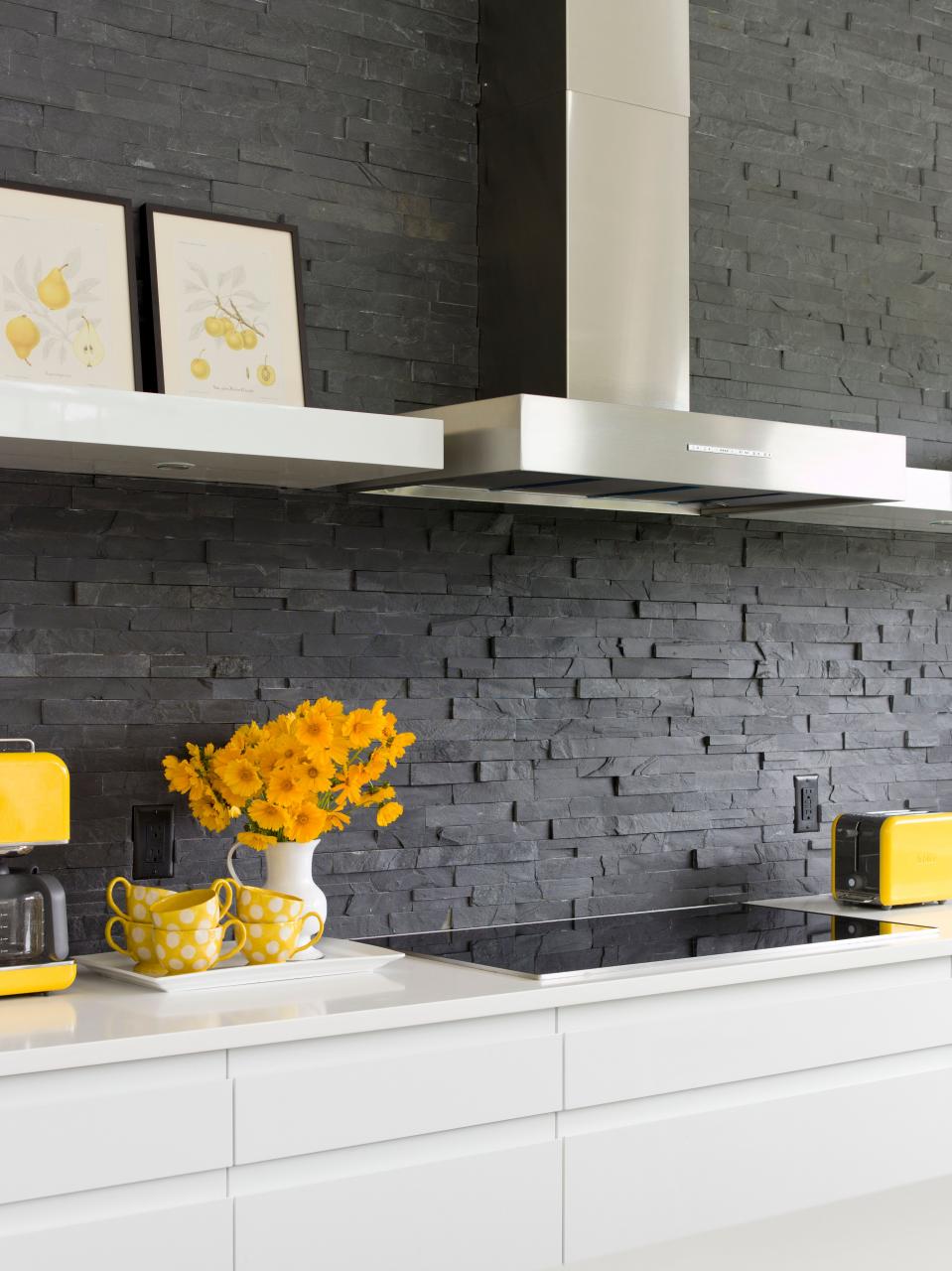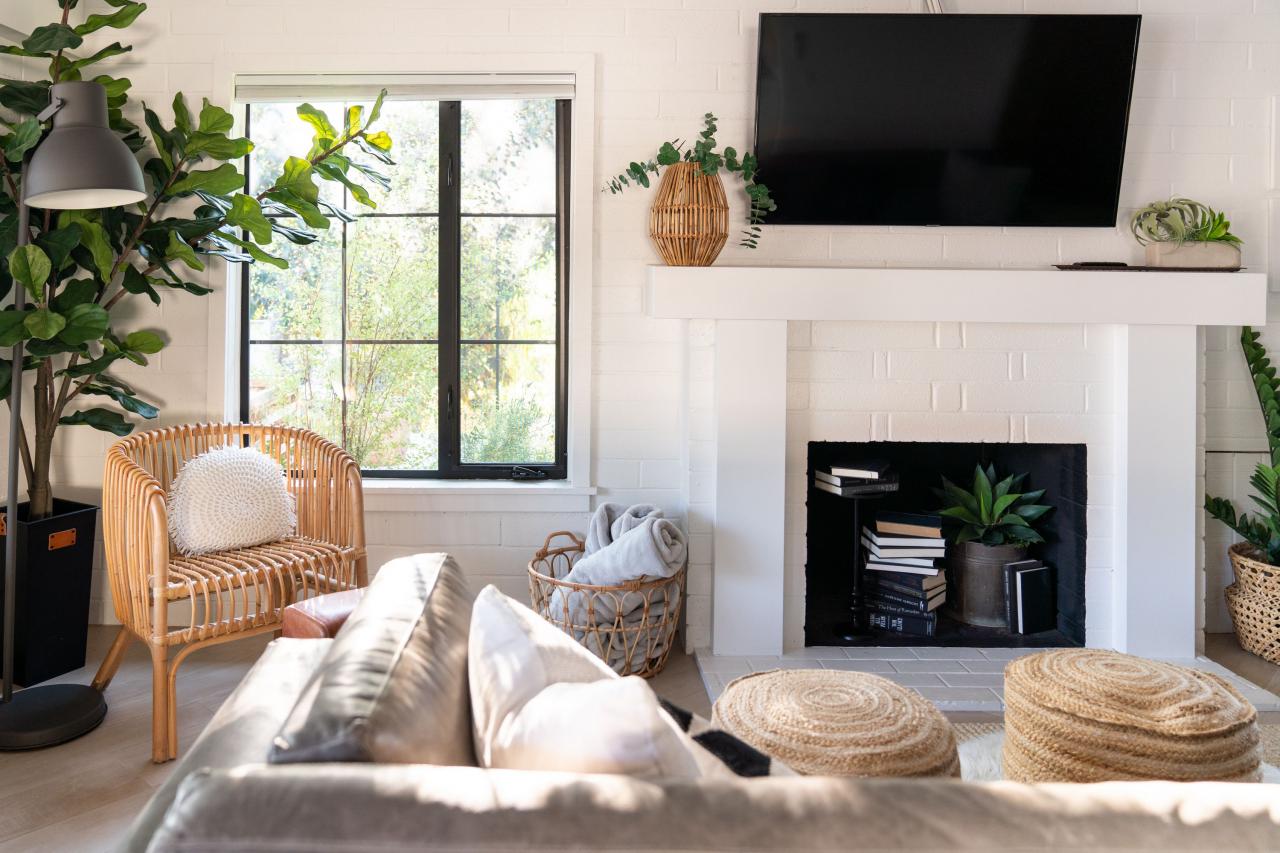There’s a popular brick treatment rising, however do not be deceived– it’s really a centuries-old technique that shows what’s old is new again. Meet German schmear (or German smear), the method that gives your brick façade a patinaed farmhouse look, and typically at a lower cost than paint..
“The distinctions between the terms German schmear, limewash, and whitewash encompass product and application techniques,” she says.
Here, Vaccaro and Leslie Aiken, co-owner of Romabio paints, provide their competence as they break down all the differences in between the numerous brick treatments and enter into the German schmear basics..
How to Get the German Smear Look.
German Schmear Using Mortar Paste.
Modern applications of German schmear generally call on a mortar paste that is used utilizing a towel as it is too thick to be painted on. “You then take a tidy rag or sponge and remove some of the mortar to leave those areas exposed,” she says.
German Schmear Using Limewash.

If you want a German schmear brick look but with the breathability and functionality of limewash, there are 2 different alternatives, states Aiken. “You can use a reasonably watered down mixture of Classico Limewash with a trowel over your brick or stone to simulate the German schmear technique,” she says. “Or, you can likewise use an authentic Italian plaster like Romabio Travertino for a thick and more ‘schmeary’ finish.”.
One more option for those who desire an appearance in between both plaster and paint finishes is using a lime slurry, which would likewise be used using a trowel.



